Last fall, the City and County of Denver unveiled Plow Tracker—a tech-savvy way for residents, as Mayor Michael Hancock puts it, to "see where the plows are and have been before heading out the door.” Currently, Denver Public Works has a fleet of 70 large plows that cover approximately 1,900 miles of main streets, as well as a team of 36 smaller, residential plows that deploy on side streets if enough snow has accumulated.
But have you ever wondered how Denver managed to clear its streets of inches—and sometimes, feet—of snow throughout its history?
Horse-drawn plows and wagons as well as human-powered shovels cleared streets through the early 1900s. By 1920, however, the City of Denver boasted that it had "117 touring cars and trucks in the service of the city," and that, after major storms, all dump trucks and tractors were brought into service, regardless of the department they belonged to.
"Thus, the city is able to put on the streets from twenty-five to thirty-five trucks in a day, and save the employment of an army of shovelers, which would be at work for a week if horses and wagons were used to haul away snow."
(Municipal Facts, November-December 1920, p. 10)
Plows with loaders were in use by the 1950s. The one pictured below was used to clear 15th and Stout Streets after a storm unleashed nine inches of snowfall on Denver in late January 1951. Snow was trucked to the Platte River.
The winter of 1973 in Denver is probably not remembered fondly, as the City had a fleet of...wait for it...two plows. Thankfully, more plows were ordered in 1974, although 41 of them didn't arrive until 1975 ("City Ready with New Snowplows, Denver Post, November 15, 1975).
The handling of snowstorm clean-up in Denver has even ended political careers.
When a blizzard delivered two feet of snow on Christmas Eve in 1982, ten to fifteen-foot snow drifts incapacitated Denver, and residents soon noticed an absence of deployed plows. With roads impassable, grocery stores ran out of perishable items and area hospitals implored anyone with a four-wheel-drive vehicle to help transport patients to emergency rooms. A Rocky Mountain News article accurately predicted the following:
"Denver won't elect its next mayor until spring, but already there is an emerging consensus among community political leaders that Mayor William H. McNichols' political career may have become a casualty of the Christmas Eve blizzard of 1982."
("Blizzard May Haunt McNichols," Rocky Mountain News, January 22, 1983")
The early 2000s saw two major storms—one that dropped nearly 32 inches of snow March 17-19, 2003, and another that produced almost 21 inches on December 20-21, 2006.
The latter emboldened Mayor John Hickenlooper to declare Denver's first-ever snow emergency parking ban. This practice—common in many major cities that receive snowfall during the winter—prohibits street parking on main thoroughfares and can also limit parking to one side of the street in residential areas.
Snow removal certainly has changed in Denver over the years. What began with horse-drawn plows and teams of shovelers has morphed into fleets of motorized plows that one can follow on a smartphone.
What will be next? Perhaps the next innovation is just a blizzard away.

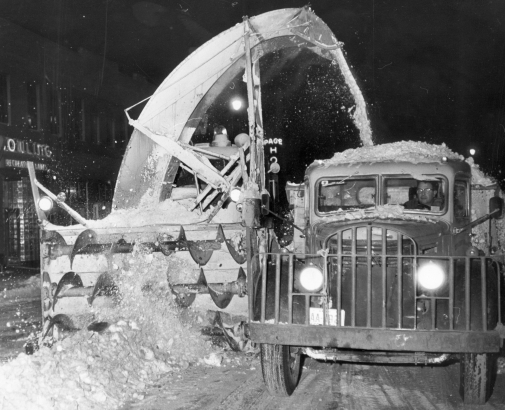
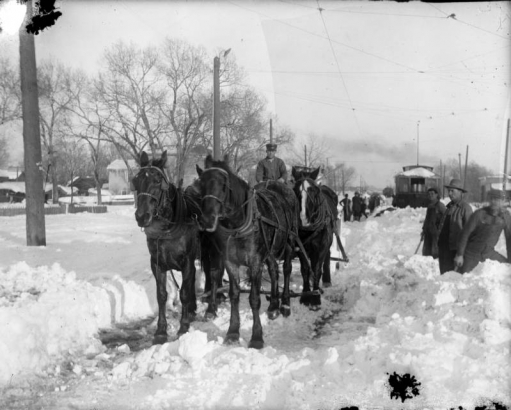
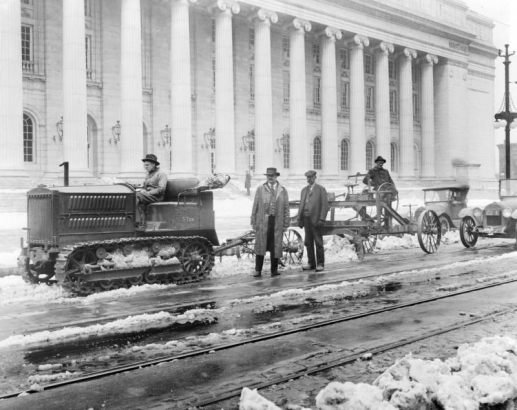
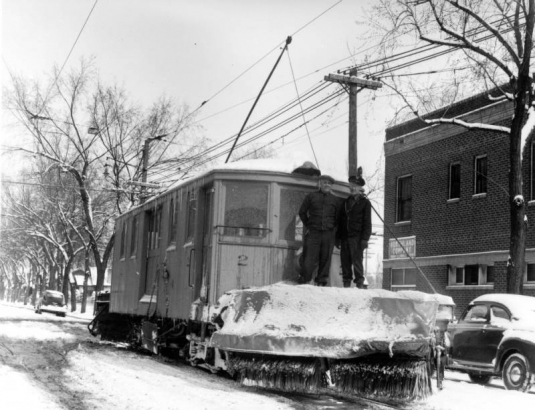
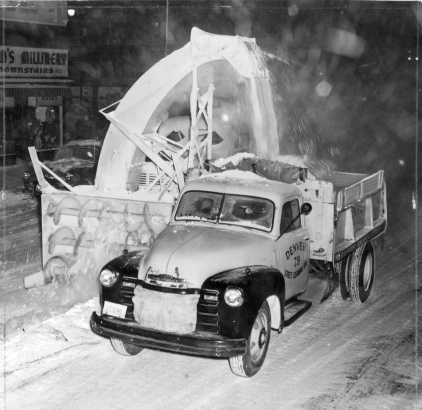


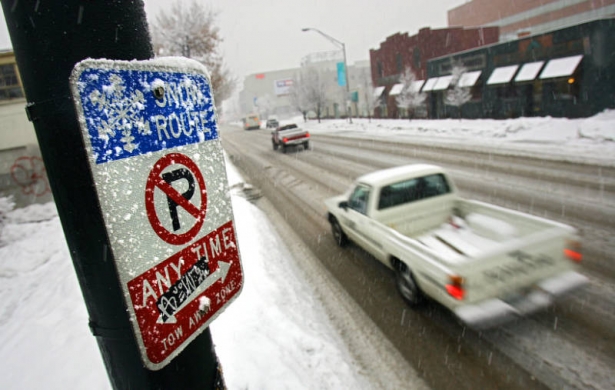
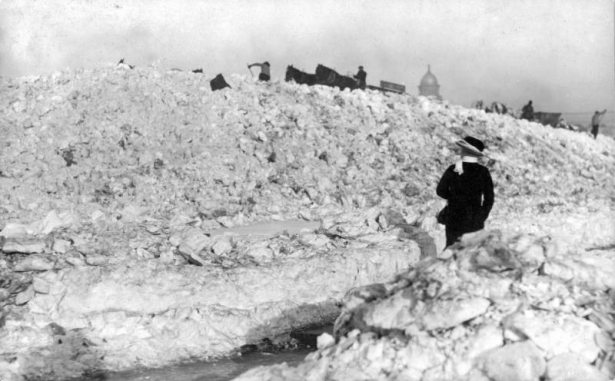
Comments
Thank you for this great
Thank you for this great collection! Came across this by accident. Sadly, I've never thought about the history of snow removal! I lived in Elizabeth, in Elbert County during the 1982 blizzard. We had enormous drifts as it is the high plains, and when the plows finally came through, the snow was so high on each side that it seemed as though you were driving through an endless tunnel. My dad was a pilot and had to get to Stapleton Airport a day after the storm. He has to snowmobile into Parker and then a friend picked him up in his pickup truck with a plow and got him to the airport in time. Crazy!
Didn't Mayor Peña also pay the price for the snowplow problem one year? Was it after the St. Patrick's Day blizzard? Was living in Denver at the time. My hubby was the only one on the block shoveling snow by hand after about every 3-5 inches. The neighbors thought he was crazy, but by the end of it, he never hurt his back, and he was done, when everyone else was digging for what seemed like days. And he has continued that practice ever since.
Thank you, again!
Growing up in Prescott, AZ in
Growing up in Prescott, AZ in the late '50s and early '60s I don't even think they had snow removal equipment, the City would spread sand and salt on the intersections.
Thanks for the article, love the photos!
Growing up in Prescott, AZ in
Growing up in Prescott, AZ in the late '50s and early '60s I don't even think they had snow removal equipment, the City would spread sand and salt on the intersections.
Thanks for the article, love the photos!
Thanks for reading and
Thanks for reading and commenting, Trish!
Add new comment